It’s opening day for Build, and the first time we’re holding our annual developer conference entirely online. In this era of remote everything, technology is enabling us to keep providing experiences like Build even though we can’t meet in person. As CEO Satya Nadella put it recently, “We’ve seen two years’ of digital transformation in two months.” And as a company, we are so excited to translate what we’ve learned into new features and enhancements that help our customers stay productive and connected. At a moment when we’re all adapting to an evolving reality, these experiences are designed to enable you to keep work moving, no matter what.
A note to developers before we begin: Whether building your own apps or solutions that are designed to be used in Microsoft Teams or Outlook, we have a whole host of new innovations for you. At Build this week, we’re announcing many new capabilities that you can use to make your apps more integrated, powerful, and intuitive. We’re also introducing new developer and management tools that make creating and discoverability even easier. Find out more about all of the new opportunities for developers using the Microsoft 365 platform announced at Build. Let’s get to it!
News from Build 2020
Microsoft Teams
Teams is the hub for teamwork combining meetings, calls, chat, and collaboration into a single tool that preserves context and keeps everyone up to speed.
Productivity
From customized templates to new tasking capabilities, we’re introducing fresh ways to stay productive in Teams.
Create teams quickly with customizable templates—When creating a new team, you’ll soon be able to pick from a variety of customizable templates. Choose from common business scenarios, like event management and crisis response, as well as industry-specific templates, like a hospital ward or bank branch. Each template comes with pre-defined channels, apps, and guidance. Admins will also be able to create new custom templates and templatize existing teams in their organization, allowing them to standardize team structures, surface relevant apps, and scale best practices. Templates in Teams will roll out in the next few months and appear automatically.
Automation
We’re excited to announce enhancements to the Power Platform that make it easier to integrate and scale with Teams.
Easily create and manage chatbots in Teams—Integrating with Teams is also easier than ever: Just select the bot you want to use and then click Add to Teams. For additional convenience, Power Virtual Agents now supports single sign-on (SSO), so users will no longer have to reauthenticate when using Teams for the first time.
Quickly add custom apps and automated workflows to Teams—Developers and admins will soon be able to add their custom applications from Power Apps to Teams with a single click of the Add to Teams button. To get started, open make.powerapps.com, click “…“ next to the canvas app you’d like to publish, and select Add to Teams.
Meanwhile, new Power Automate business process templates for Teams will allow creators to streamline workflows using pre-built templates, or as a base to customize their own. Finally, new Teams-specific triggers and actions will enable you to create custom message extensions, automate @mentioning and message posting to channels, and customize bot names. These features are coming soon.
Share Power BI reports in Teams—Power BI users can now share reports, or specific charts in reports, to Teams with the new Share to Teams button. Senders can also direct the recipient’s attention to a specific chart in a report or share to an entire team. To get started, select Send to Teams from the Power BI portal and type in the team name you’d like to share with.
Meetings and events
Across time zones and social-distancing scenarios, organizations need to connect and collaborate in gatherings large and small. New Teams capabilities help you design the best experience for every occasion.
Schedule virtual appointments via Bookings in Teams—Organizations will now be able to schedule, manage, and conduct business-to-consumer virtual appointments through the new Bookings app integration in Microsoft Teams. With a single scheduling experience, you can manage multiple departments or locations and securely host everything from candidate interviews and student office hours to financial consultations and medical visits. Teams support HIPAA compliance and is HITRUST certified. In healthcare alone, there were more than 34 million Teams meetings in the past month, including virtual visits. Today, you can learn how Microsoft Cloud for Healthcare will make it easier for healthcare organizations to remain agile and focus on what they do best – delivering better experiences, insights, and care.
Broadcast events and create studio productions from a virtual stage in Teams—With so many organizations working remotely, and travel at a record low, how do you recreate the magic of an in-person presentation or interview for an all-remote audience? Introducing new Network Device Interface (NDI) support and Skype TX interoperability for Teams. It offers a more advanced set of production options for both public and private, customized, high-scale broadcasts.
Coming soon, NDI for Microsoft Teams will transform a Teams meeting into a virtual stage by converting each participant’s video into a discrete video source that can be used in the production tool of your choice: OBS, Wirecast, Xsplit, StreamLabs, and many more. This functionality enables you to use Teams meetings in other ways, including hosting a professional broadcast.
Secure and remote scheduling
Shifts lets Firstline Workers and their managers use mobile devices to manage schedules and keep in touch
Extend the Shifts app in Teams—New capabilities in the Shifts app extends functionality and enables integration with existing systems. First, the Graph APIs for Shifts are now generally available, so can you integrate them with any other external workforce management tool, including custom workforce management systems. Plus, new Power Automate actions enable developers to take information from Shifts and create customized workflows with other apps or perform operations at scale. Finally, new triggers and templates will help support a variety of timesaving and process-optimization scenarios, like enabling auto-approvals for shift requests in scenarios where a manager’s approval is not needed.
Fluid Framework
At Ignite 2019, we announced the public preview of Microsoft Fluid Framework, our new technology and set of experiences designed to make collaboration seamless by breaking down barriers between apps.
Collaborate with Fluid components and workspaces in Outlook and Office.com—The Fluid Framework is on a journey to make work more adaptable and focused. The first Fluid Framework integrations in Microsoft 365, coming to Outlook and Office.com, will enable you to collaborate on dynamic content and create connected components that can be shared simultaneously and seamlessly across apps. Tables, charts, and task lists can be easily inserted in Outlook for the web, so your sales numbers, project tasks, and research reports are always up to date. Within Office.com, Fluid workspaces can be created and managed, including within your document activity feed, Recommended list, and @mentions—or search for them across Office.com. And, because Fluid Framework components are lightweight, edits are instantaneous, empowering work to be fast and flexible. These experiences will be available to those with a Microsoft 365 enterprise license in the next few months.
Use key infrastructure from Fluid Framework—now open source—in your applications—The web-based framework of Fluid can be used to instantly make your apps collaborative. It includes data structures that perform low-latency synchronization and a relay service to connect endpoints. If you replace your static data structures with Fluid data structures, your app instantly supports real-time collaboration.
Discovering the full potential of the Fluid Framework can only be accomplished through creating a diverse, open, and vibrant developer community. For this reason, Microsoft will be making the Fluid Framework open source, allowing developers and creators to use key infrastructure from Fluid Framework in their own applications. Along with the release of additional developer documentation and tooling, this is an invitation for developers to work alongside Microsoft as Fluid Framework is built and released.
Project Cortex
We introduced Project Cortex at Ignite 2019 and are happy to announce it will be generally available in early summer 2020. This powerful new service applies artificial intelligence (AI) and the Microsoft Graph to create a knowledge network that connects your content in Microsoft 365, along with external sources, to organize content and expertise across systems and teams. You can then manage your information and streamline processes with advanced security and compliance controls, along with automated workflows.
Work with new developer tools now in private preview—Today, we are introducing new developer APIs for Project Cortex and Managed Metadata Services (MMS) in Microsoft Graph, along with new integration with Language Understanding services in Azure. Currently, our private preview program has expanded to include more than 75 organizations delivering knowledge from millions of documents and videos, including Unilever, Arla Foods, and Siemens Healthineers. We will keep you all informed as new milestones are achieved.
Outlook
Around the world, our customers rely on Outlook to help organize their days and stay in touch. New capabilities let them do more within the app to be more productive.
Save keystrokes in Outlook—Now, Outlook on the web can help compose email messages with text predictions. Using intelligent technology to infer meaning and intention, Outlook can help you compose faster, avoid typos, and craft polished email messages.
Keep up with Yammer in Outlook—Outlook for Windows, Outlook for Mac, and Outlook mobile users can now view and reply to Yammer conversations, polls, questions, and praise without leaving their inbox. This feature will automatically become available for users who have email notifications from Yammer turned on.
Microsoft Edge
This year at Build, we’re announcing several new capabilities in Microsoft Edge that add customization options and improved tooling for web developers.
Quickly explore relevant Pinterest collections—Pinterest can now deliver suggestions at the bottom of your collection, making it easier to find additional similar content. Clicking on a suggestion will open a board of similar, trending Pins so you can quickly find and add ideas relevant to you. Collections will also soon support “Send to OneNote,” making it easy to export collections to OneNote pages.
Save time while searching—We’re also introducing sidebar search so you can search for things without opening a new window or tab. And for those who use Microsoft Edge for both work and personal use, we’re excited to introduce Automatic Profile Switching, which will detect that the link you’re trying to open needs work credentials, and then switch you to your authenticated work profile.
Check out expanded developer options during preview—Because we love developers, we’re expanding the preview with new options for .NET and UWP (WinUI 3.0) development, enabling you to embed a Chromium-based Edge WebView in WinForms, WPF, and UWP/Win UI 3.0 applications. We’ve also added a 3D View in DevTools. Check out our documentation and Getting Started guide, or simply open Visual Studio and download the WebView2 package to get started.
Microsoft Lists
Microsoft Lists is your smart information tracking app across Microsoft 365. With Lists, you can easily track data and information to stay updated on the latest status.
Track information with Microsoft Lists—Now, you can create, share, and track data and information—like issue tracking and status reporting—directly within Microsoft Teams, SharePoint, and the soon-to-be-released Lists mobile app. Lists are easy for anyone to create and customize with templates, color coding, If/Then workflows, and more. Learn more about Microsoft Lists.
At a time of unprecedented change, we are all rapidly adjusting to a new era of work. From software developers to healthcare workers, government first responders to multinational c-suites, everyone is finding new ways to stay productive and connected, whether they are working together or apart. The features and enhancements we announced today are all designed to support the incredible achievements of our customers around the world. We are committed to continuing to build the tools that keep the world’s work moving, through this crisis and beyond.
"What" - Google News
May 19, 2020 at 10:00PM
https://ift.tt/2LJ9RZu
From Microsoft Teams to Fluid Framework—here’s what’s new and coming soon to Microsoft 365 - Microsoft
"What" - Google News
https://ift.tt/3aVokM1
https://ift.tt/2Wij67R
Bagikan Berita Ini
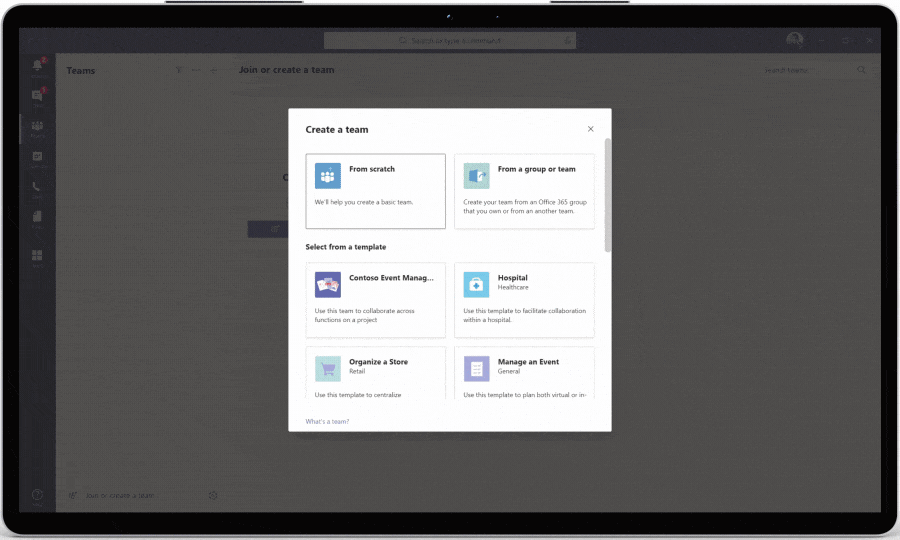
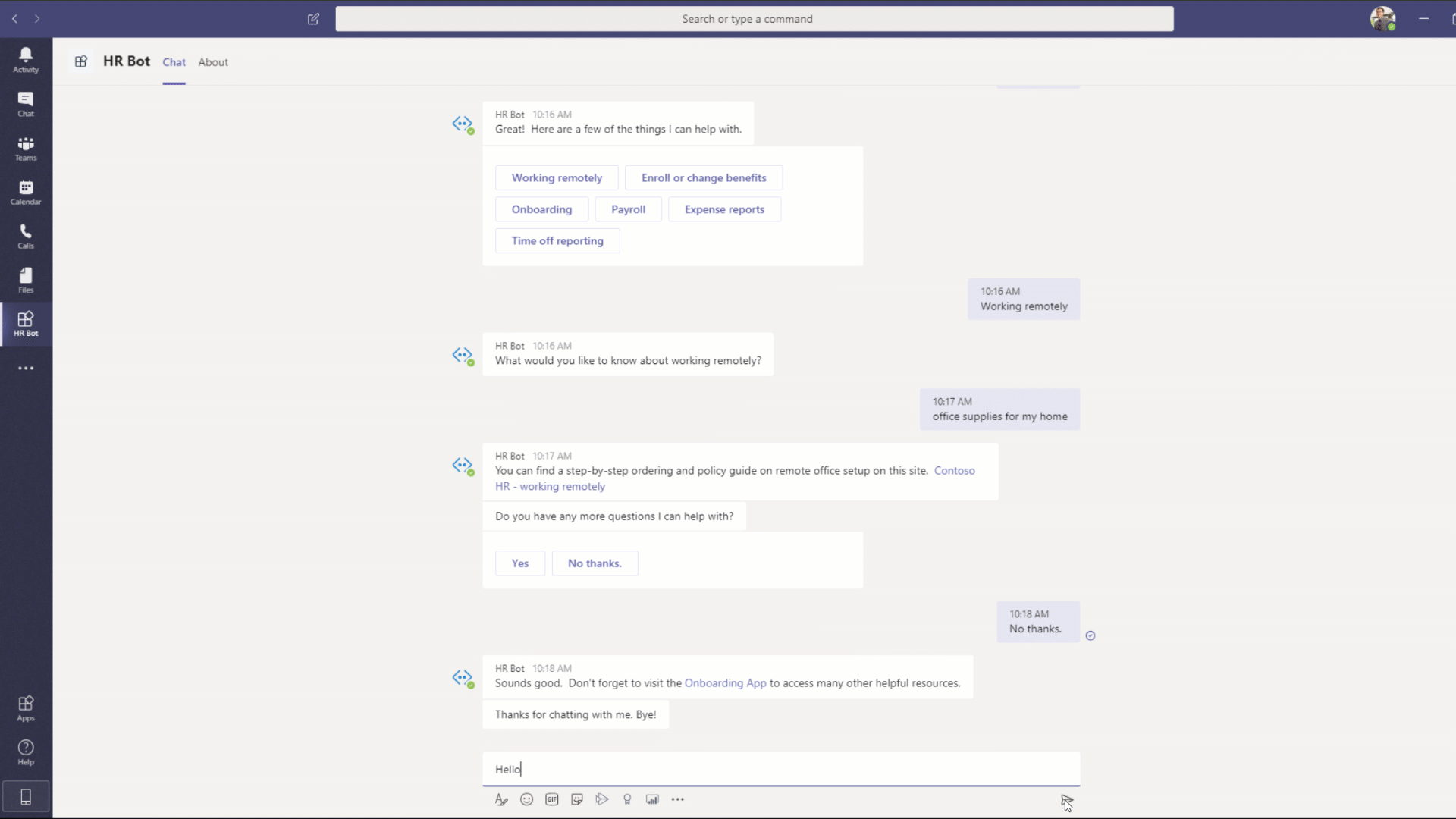
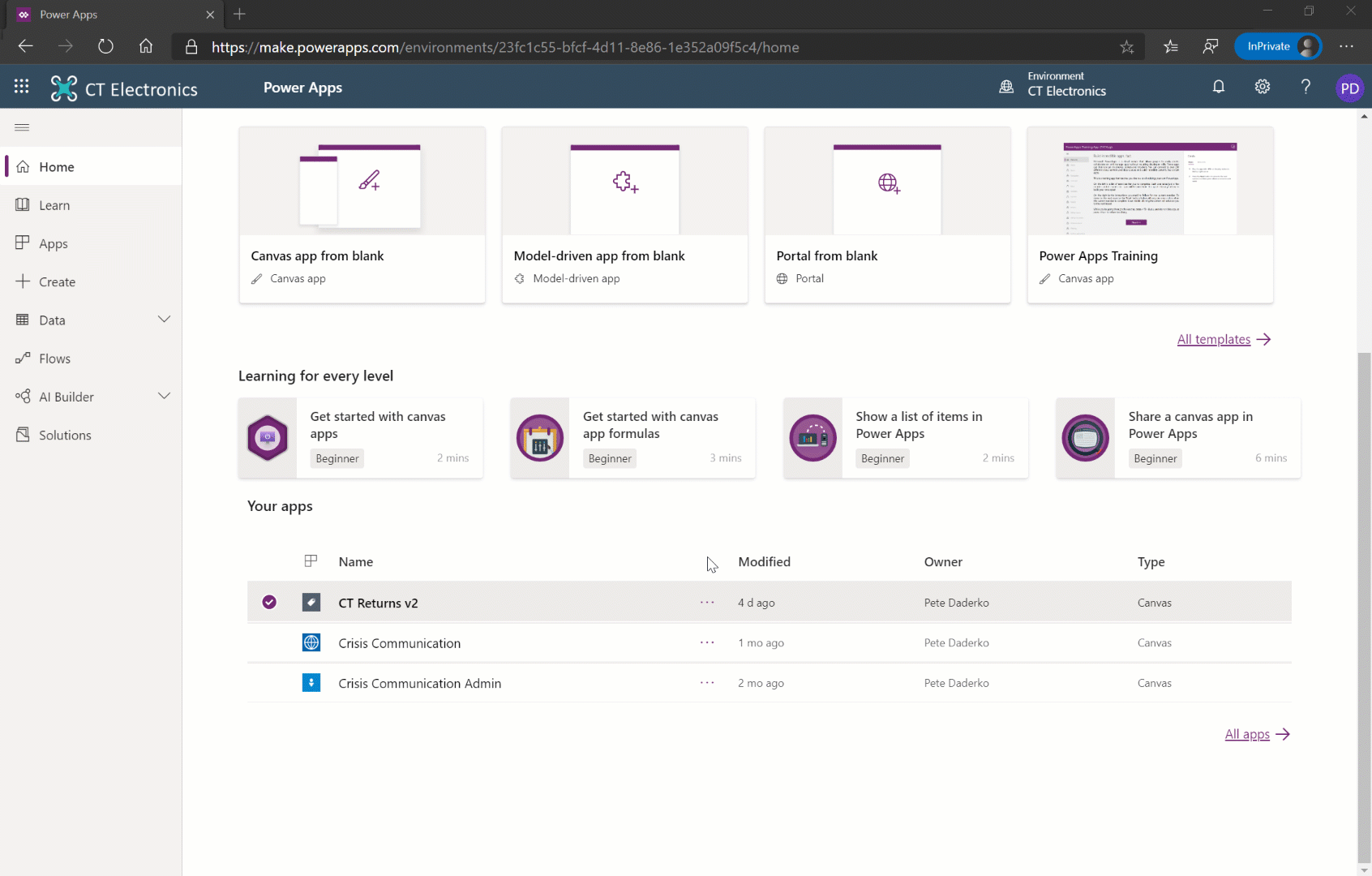
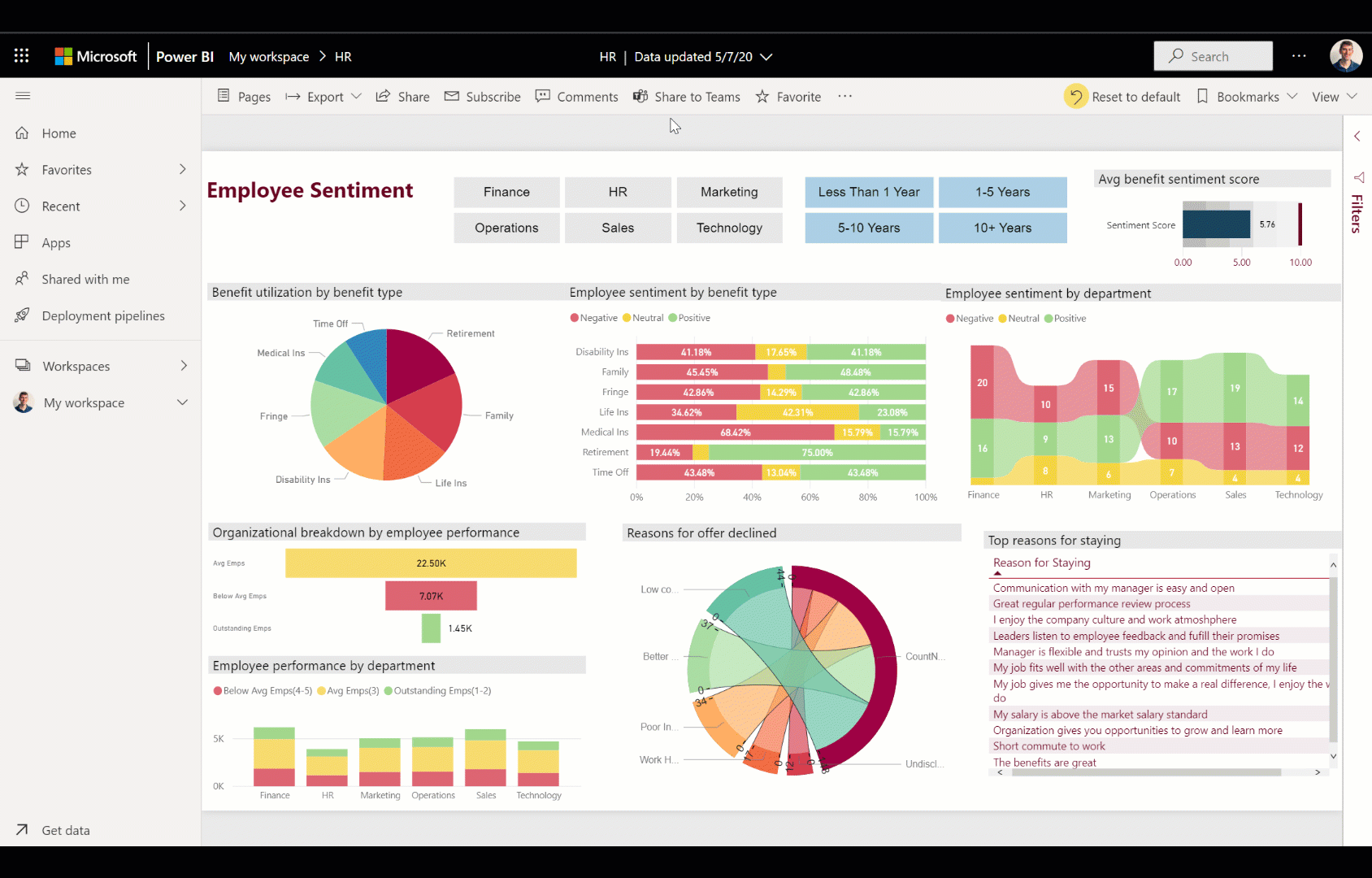
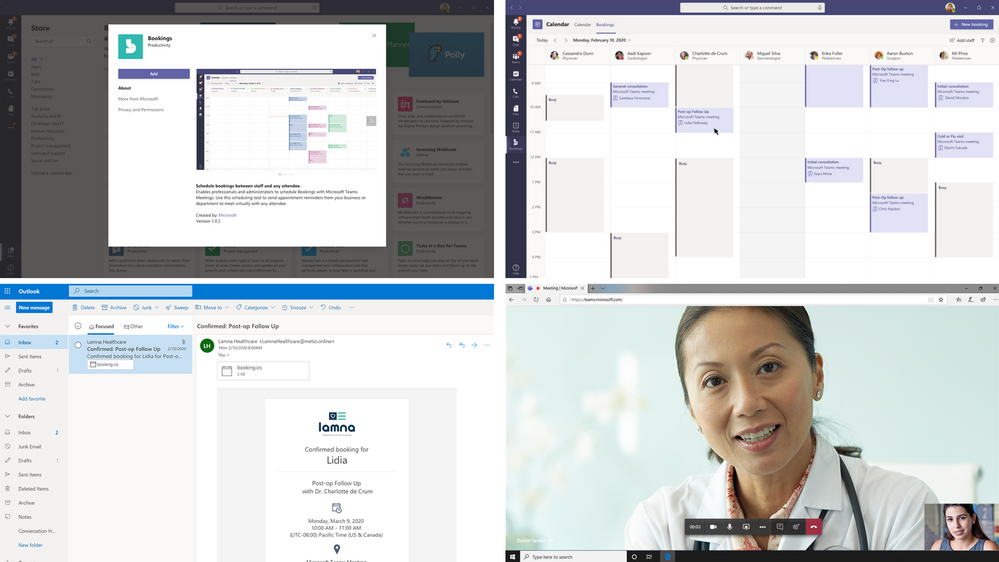

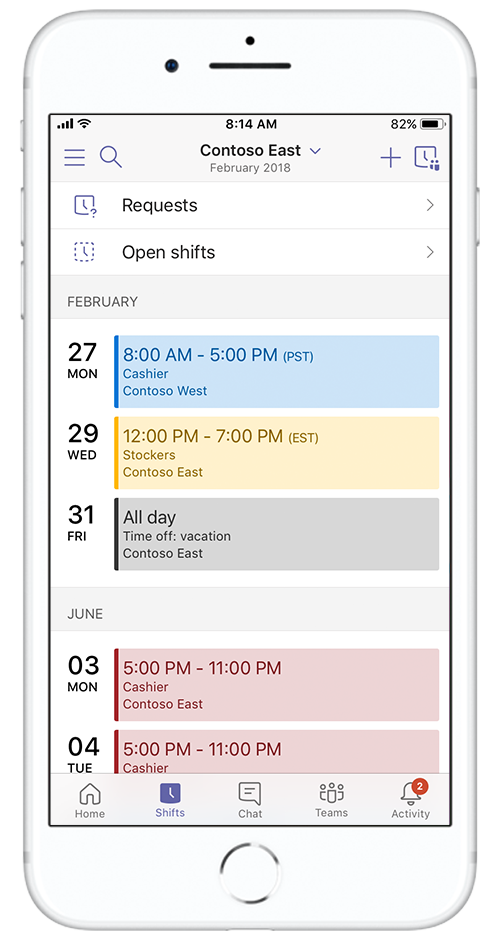
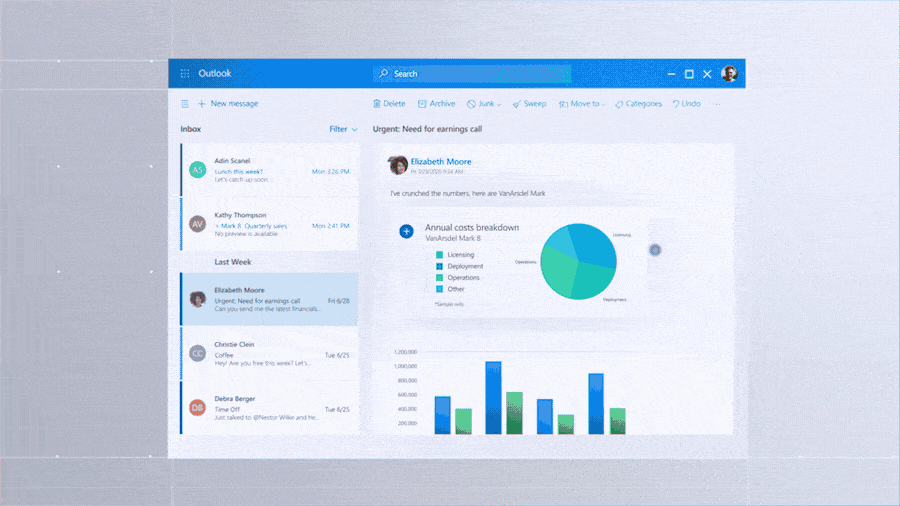
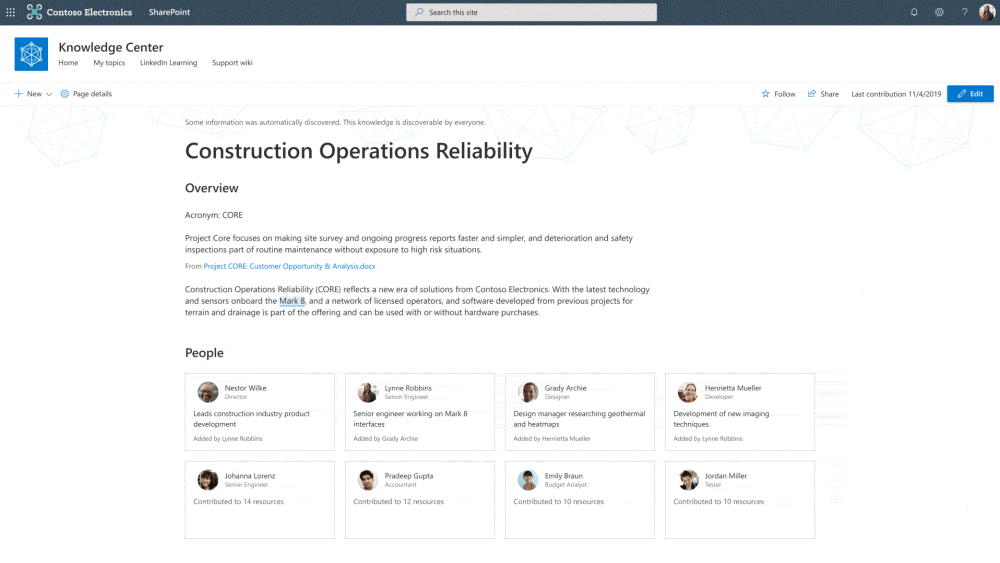
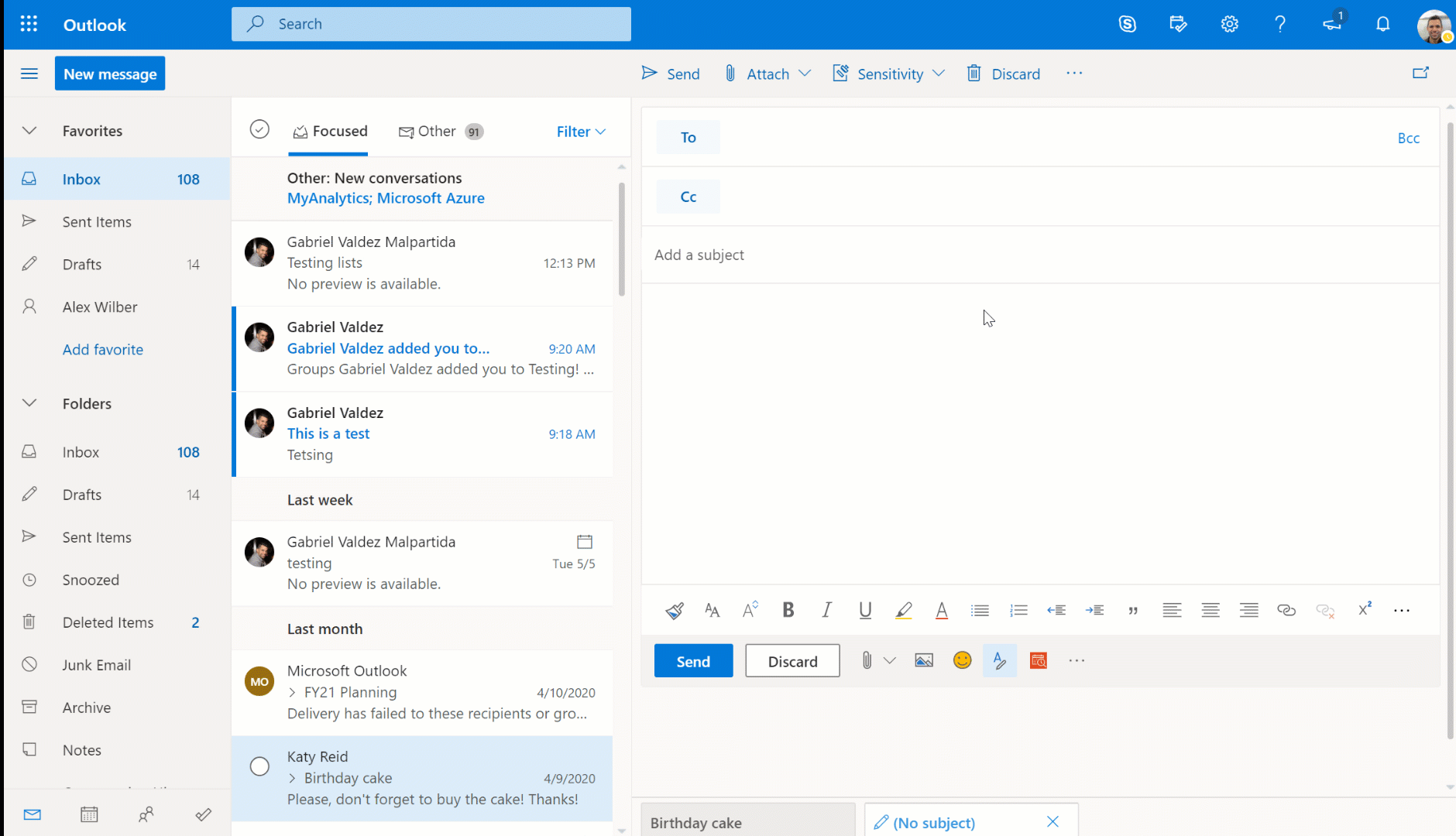
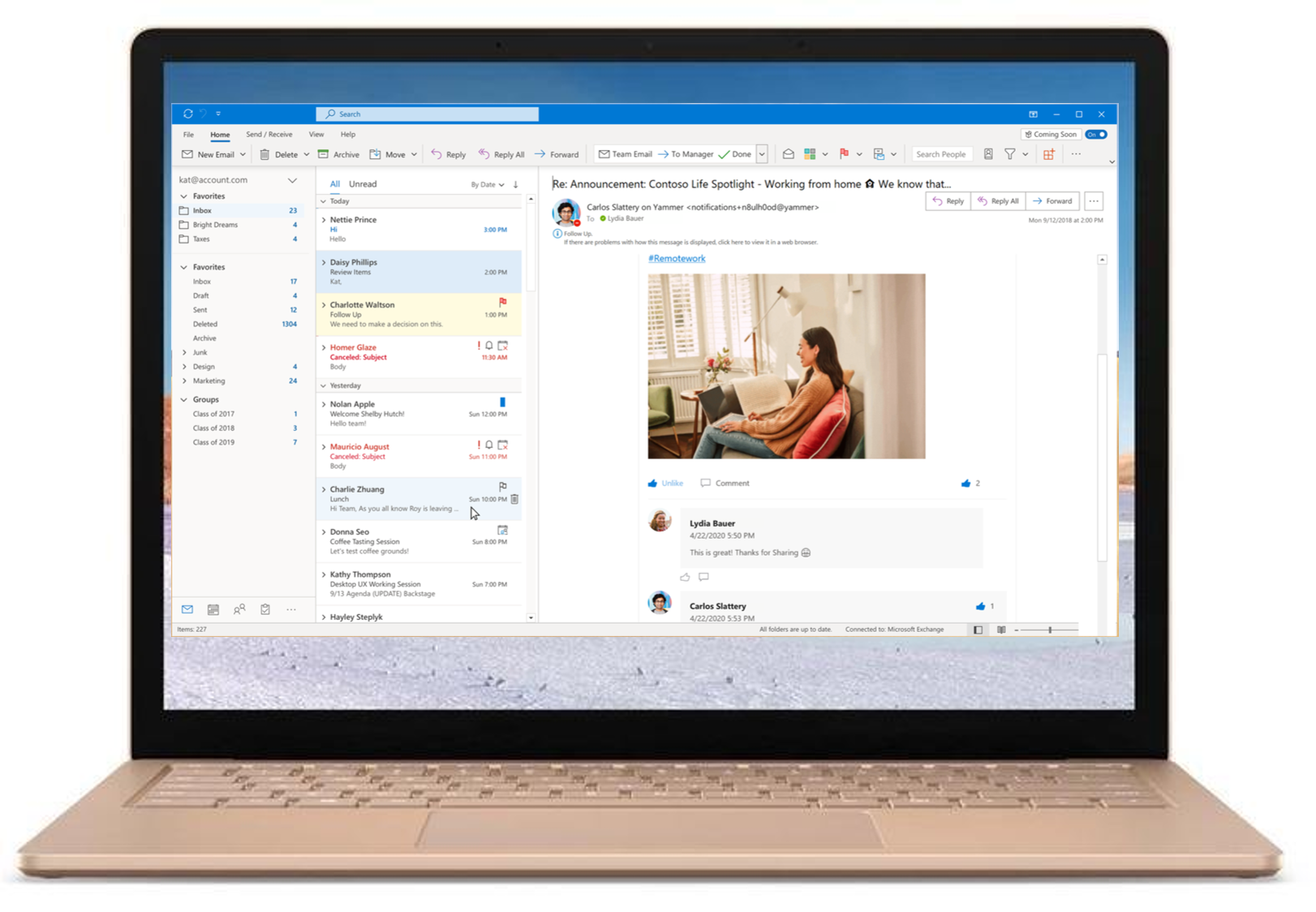
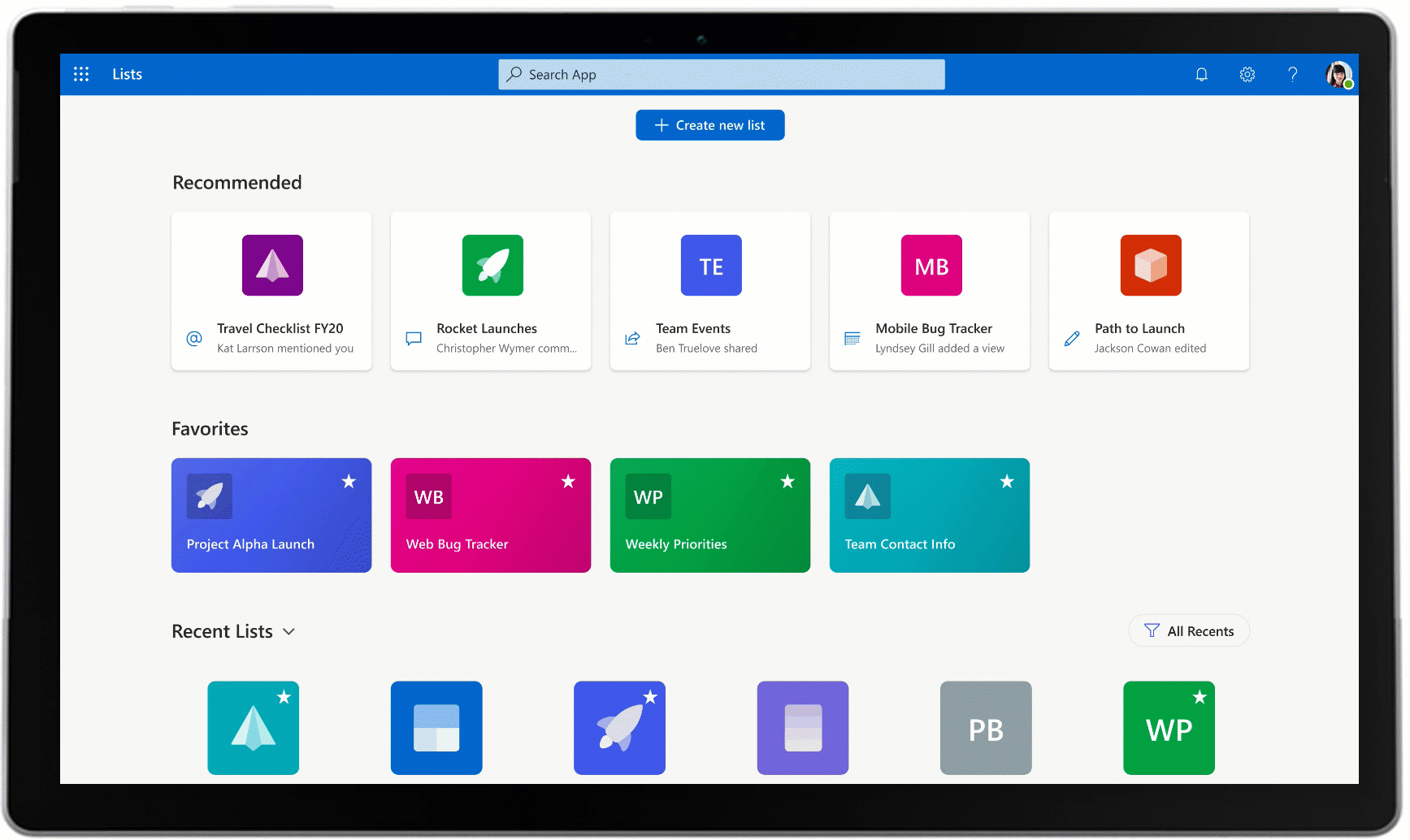














0 Response to "From Microsoft Teams to Fluid Framework—here’s what’s new and coming soon to Microsoft 365 - Microsoft"
Post a Comment